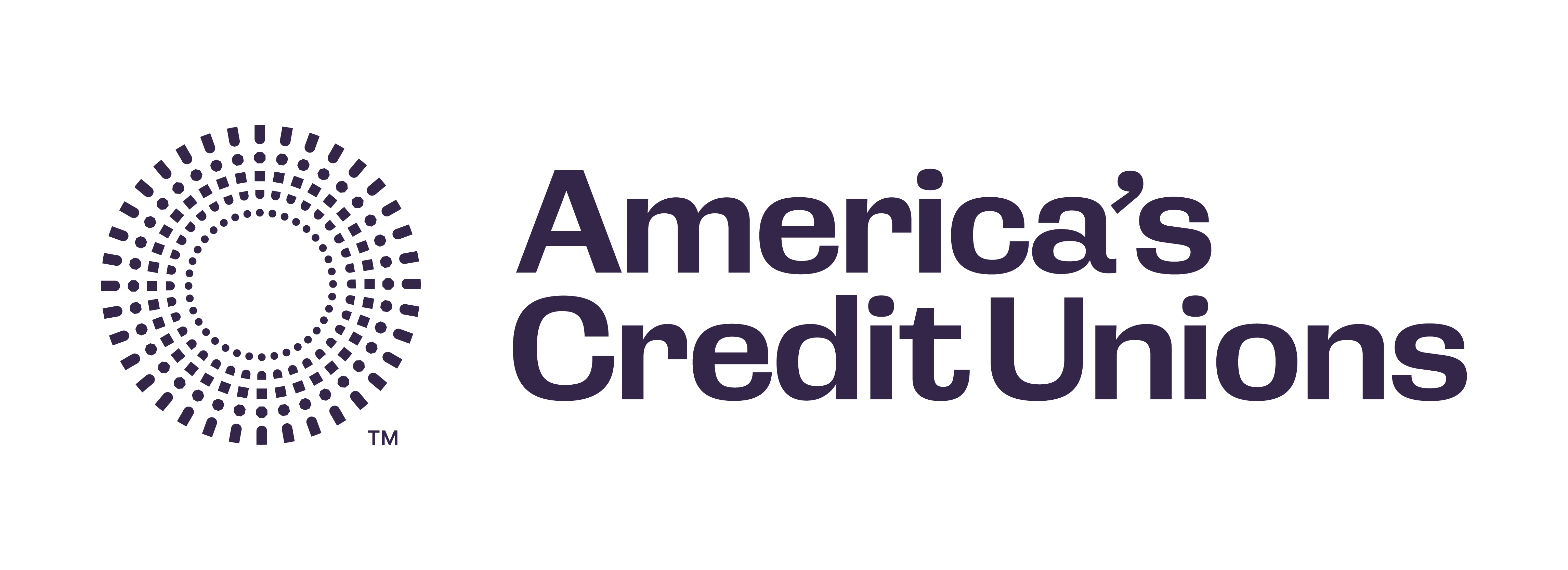Newsroom
CFPB seeks feedback on 'alternative data' for credit scoring
The CFPB is seeking feedback on ways to expand access to credit for consumers who lack the necessary credit history to obtain a credit score, such as cell phone bills and rent payments. Comments are due by May 19.
During a field hearing Thursday in Charleston, W.Va., the bureau estimated that 26 million Americans are credit-invisible, meaning they have no credit histories with a nationwide consumer reporting agency. Another 19 million consumers have credit histories that are insufficient to produce credit scores under most scoring models.
This is a problem, the CFPB said, that disproportionately impacts consumers who are Black or Hispanic, live in low-income neighborhoods, those who are recent immigrants, young people just getting started, or people who are recently widowed or divorced who don't have enough credit history of their own.
The CFPB is requesting comment on the use of unconventional sources of information, called "alternative data," as a way for consumers to gain access to credit. The bureau is also exploring risks posed by alternative data that is inconsistent, incomplete, incorrect, overgeneralized or biased, along with any privacy and security concerns.
"By filling in more details of a consumer's financial life, this information may paint a broader and more accurate picture of their creditworthiness," Cordray said during yesterday's field hearing. "Adding this kind of alternative data into the mix thus holds out the promise of opening up credit for millions of additional consumers."
NAFCU Senior Regulatory Affairs Counsel Michael Emancipator said many credit unions, especially those designated as low-income and community development financial institutions, already use alternative data to help their members obtain credit.
Share This
Related Resources
Add to Calendar 2024-06-26 14:00:00 2024-06-26 14:00:00 Gallagher Executive Compensation and Benefits Survey About the Webinar The webinar will share trends in executive pay increases, annual bonuses, and nonqualified benefit plans. Learn how to use the data charts as well as make this data actionable in order to improve your retention strategy. You’ll hear directly from the survey project manager on how to maximize the data points to gain a competitive edge in the market. Key findings on: Total compensation by asset size Nonqualified benefit plans Bonus targets and metrics Prerequisites Demographics Board expenses Watch On-Demand Web NAFCU digital@nafcu.org America/New_York public
Gallagher Executive Compensation and Benefits Survey
preferred partner
Gallagher
Webinar
Add to Calendar 2024-06-21 09:00:00 2024-06-21 09:00:00 The Evolving Role of the CISO in Credit Unions Listen On: Key Takeaways: [01:30] Being able to properly implement risk management decisions, especially in the cyber age we live in, is incredibly important so CISOs have a lot of challenges here. [02:27] Having a leader who can really communicate cyber risks and understand how ready that institution is to deal with cyber events is incredibly important. [05:36] We need to be talking about risk openly. We need to be documenting and really understanding what remediating risk looks like and how you do that strategically. [16:38] Governance, risk, compliance, and adherence to regulatory controls are all being looked at much more closely. You are also seeing other technology that is coming into the fold directly responsible for helping CISOs navigate those waters. [18:28] The reaction from the governing bodies is directly related to the needs of the position. They’re trying to help make sure that we are positioned in a way that gets us the most possibility of success, maturing our postures and protecting the institutions. Web NAFCU digital@nafcu.org America/New_York public
The Evolving Role of the CISO in Credit Unions
preferred partner
DefenseStorm
Podcast
AI in Action: Redefining Disaster Preparedness and Financial Security
Strategy
preferred partner
Allied Solutions
Blog Post
Get daily updates.
Subscribe to NAFCU today.
